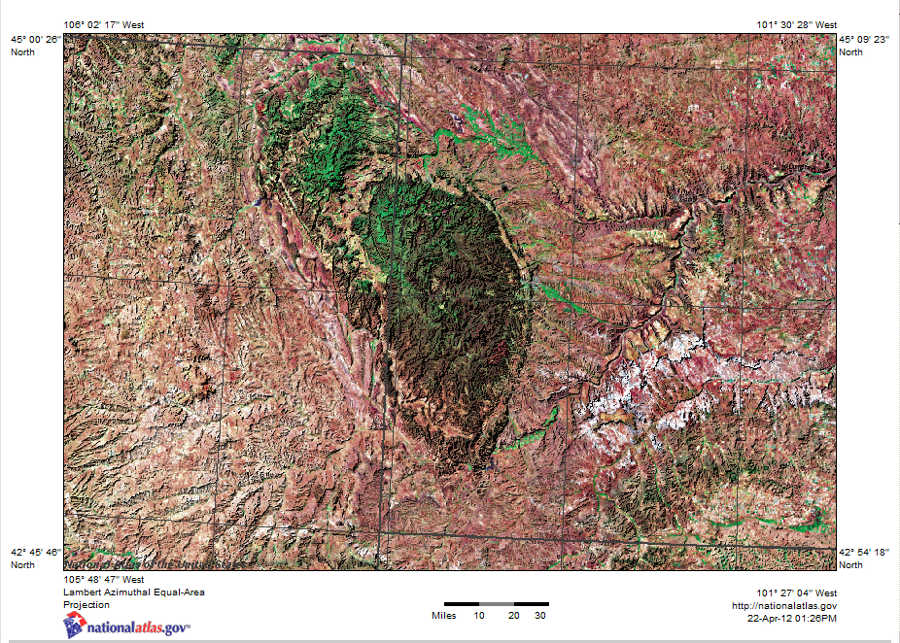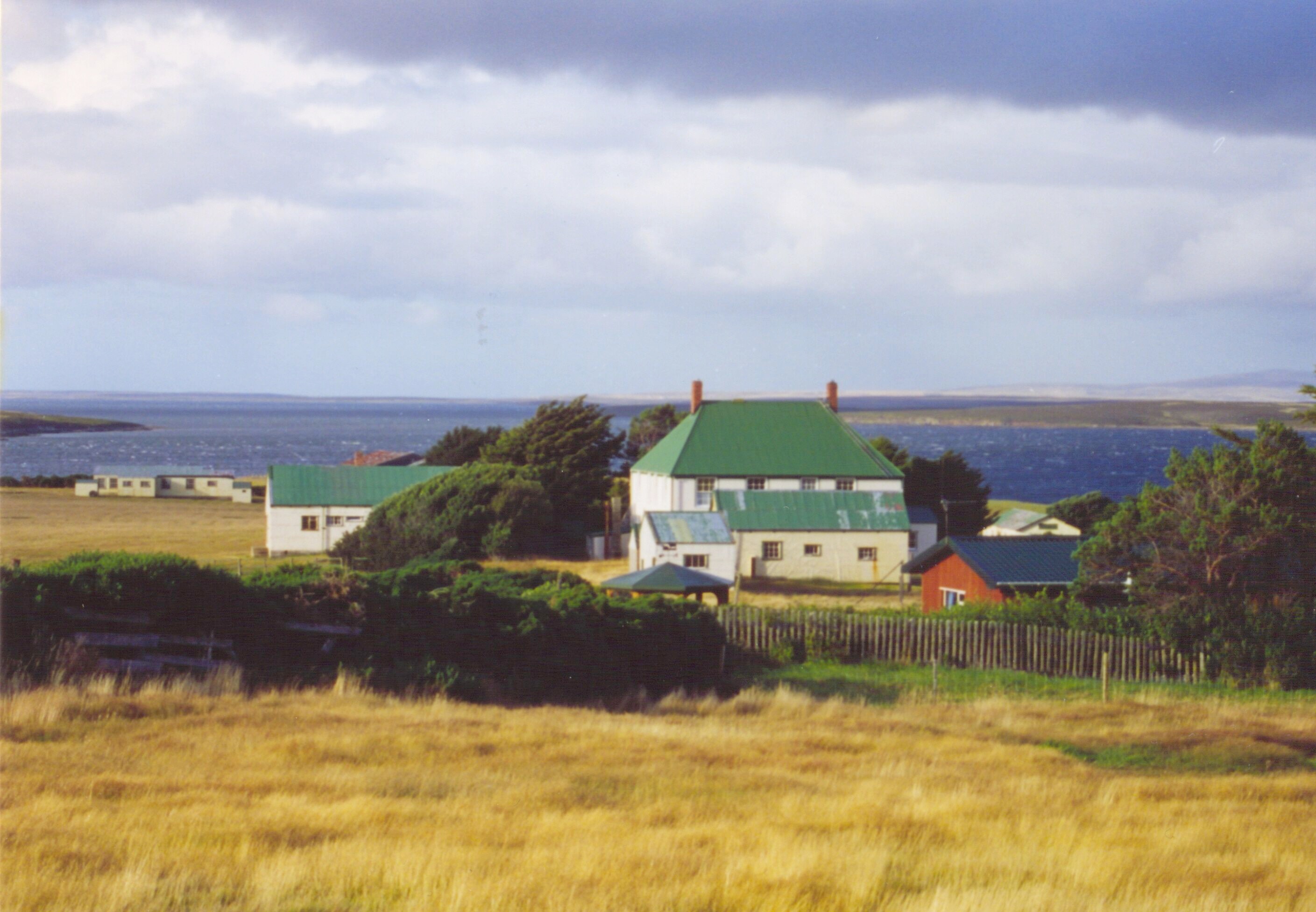|
Hypoprepia Inculta
''Hypoprepia inculta'' is a moth of the family Erebidae. It was described by Henry Edwards in 1882. It is found in the US Rocky Mountain states from the Mexico border north to southern Wyoming and the Black Hills of South Dakota. The habitat consists of bunchgrass Tussock grasses or bunch grasses are a group of grass species in the family Poaceae. They usually grow as singular plants in clumps, tufts, hummocks, or bunches, rather than forming a sod or lawn, in meadows, grasslands, and prairies. As perenni ... steppe. References * Cisthenina Moths described in 1882 {{Cisthenina-stub ... [...More Info...] [...Related Items...] OR: [Wikipedia] [Google] [Baidu] |
Henry Edwards (entomologist)
Henry Edwards (27 August 1827 – 9 June 1891), known as "Harry", was an English stage actor, writer and entomologist who gained fame in Australia, San Francisco and New York City for his theatre work. Edwards was drawn to the theatre early in life, and he appeared in amateur productions in London. After sailing to Australia, Edwards appeared professionally in Shakespearean plays and light comedies primarily in Melbourne and Sydney. Throughout his childhood in England and his acting career in Australia, he was greatly interested in collecting insects, and the National Museum of Victoria used the results of his Australian fieldwork as part of the genesis of their collection. In San Francisco, Edwards was a founding member of the Bohemian Club, and a gathering in Edwards' honour was the spark which began the club's traditional summer encampment at the Bohemian Grove.Garnett, 1908, p. 7. As well, Edwards cemented his reputation as a preeminent stage actor and theatre manager. Aft ... [...More Info...] [...Related Items...] OR: [Wikipedia] [Google] [Baidu] |
Moth
Moths are a paraphyletic group of insects that includes all members of the order Lepidoptera that are not butterflies, with moths making up the vast majority of the order. There are thought to be approximately 160,000 species of moth, many of which have yet to be described. Most species of moth are nocturnal, but there are also crepuscular and diurnal species. Differences between butterflies and moths While the butterflies form a monophyletic group, the moths, comprising the rest of the Lepidoptera, do not. Many attempts have been made to group the superfamilies of the Lepidoptera into natural groups, most of which fail because one of the two groups is not monophyletic: Microlepidoptera and Macrolepidoptera, Heterocera and Rhopalocera, Jugatae and Frenatae, Monotrysia and Ditrysia.Scoble, MJ 1995. The Lepidoptera: Form, function and diversity. Oxford, UK: Oxford University Press; 404 p. Although the rules for distinguishing moths from butterflies are not well est ... [...More Info...] [...Related Items...] OR: [Wikipedia] [Google] [Baidu] |
Erebidae
The Erebidae are a family of moths in the superfamily Noctuoidea. The family is among the largest families of moths by species count and contains a wide variety of well-known macromoth groups. The family includes the underwings (''Catocala''); litter moths ( Herminiinae); tiger, lichen, and wasp moths ( Arctiinae); tussock moths ( Lymantriinae), including the arctic woolly bear moth ('' Gynaephora groenlandica''); piercing moths (Calpinae and others); micronoctuoid moths ( Micronoctuini); snout moths ( Hypeninae); and zales, though many of these common names can also refer to moths outside the Erebidae (for example, crambid snout moths). Some of the erebid moths are called owlets. The sizes of the adults range from among the largest of all moths (> wingspan in the black witch) to the smallest of the macromoths ( wingspan in some of the Micronoctuini). The coloration of the adults spans the full range of dull, drab, and camouflaged (e.g., '' Zale lunifera'' and litter ... [...More Info...] [...Related Items...] OR: [Wikipedia] [Google] [Baidu] |
Rocky Mountain States
The Mountain states (also known as the Mountain West or the Interior West) form one of the nine geographic divisions of the United States that are officially recognized by the United States Census Bureau. It is a subregion of the Western United States. The Mountain states are considered to include: Arizona, Colorado, Idaho, Montana, Nevada, New Mexico, Utah and Wyoming. Sometimes West River, South Dakota is also included. The words "Mountain states" generally refer to the U.S. States which encompass the U.S. Rocky Mountains. These are oriented north-south through portions of the states of Montana, Idaho, Wyoming, Colorado, Utah, and New Mexico. Arizona and Nevada, as well as other parts of Utah and New Mexico, have other smaller mountain ranges and scattered mountains located in them as well. Sometimes, the Trans-Pecos area of West Texas is considered part of the region. The land area of the eight states together is some 855,767 square miles (2,216,426 square kilometers). I ... [...More Info...] [...Related Items...] OR: [Wikipedia] [Google] [Baidu] |
Mexico
Mexico ( Spanish: México), officially the United Mexican States, is a country in the southern portion of North America. It is bordered to the north by the United States; to the south and west by the Pacific Ocean; to the southeast by Guatemala, Belize, and the Caribbean Sea; and to the east by the Gulf of Mexico. Mexico covers ,Mexico '' The World Factbook''. . making it the world's 13th-largest country by area; with approximately 12 ... [...More Info...] [...Related Items...] OR: [Wikipedia] [Google] [Baidu] |
Wyoming
Wyoming () is a state in the Mountain West subregion of the Western United States. It is bordered by Montana to the north and northwest, South Dakota and Nebraska to the east, Idaho to the west, Utah to the southwest, and Colorado to the south. With a population of 576,851 in the 2020 United States census, Wyoming is the least populous state despite being the 10th largest by area, with the second-lowest population density after Alaska. The state capital and most populous city is Cheyenne, which had an estimated population of 63,957 in 2018. Wyoming's western half is covered mostly by the ranges and rangelands of the Rocky Mountains, while the eastern half of the state is high-elevation prairie called the High Plains. It is drier and windier than the rest of the country, being split between semi-arid and continental climates with greater temperature extremes. Almost half of the land in Wyoming is owned by the federal government, generally protected for public uses. The stat ... [...More Info...] [...Related Items...] OR: [Wikipedia] [Google] [Baidu] |
Black Hills
The Black Hills ( lkt, Ȟe Sápa; chy, Moʼȯhta-voʼhonáaeva; hid, awaxaawi shiibisha) is an isolated mountain range rising from the Great Plains of North America in western South Dakota and extending into Wyoming, United States. Black Elk Peak (formerly known as Harney Peak), which rises to , is the range's highest summit. The Black Hills encompass the Black Hills National Forest. The name of the hills in Lakota language, Lakota is ', meaning “the heart of everything that is." The Black Hills are considered a holy site. The hills are so called because of their dark appearance from a distance, as they are covered in evergreen trees. Native Americans in the United States, Native Americans have a long history in the Black Hills and consider it a sacred site. After conquering the Cheyenne in 1776, the Lakota people, Lakota took the territory of the Black Hills, which became central to their culture. In 1868, the U.S. government signed the Fort Laramie Treaty of 1868, establish ... [...More Info...] [...Related Items...] OR: [Wikipedia] [Google] [Baidu] |
South Dakota
South Dakota (; Sioux language, Sioux: , ) is a U.S. state in the West North Central states, North Central region of the United States. It is also part of the Great Plains. South Dakota is named after the Lakota people, Lakota and Dakota people, Dakota Sioux Native Americans in the United States, Native American tribes, who comprise a large portion of the population with nine Indian reservation, reservations currently in the state and have historically dominated the territory. South Dakota is the List of U.S. states and territories by area, seventeenth largest by area, but the List of U.S. states and territories by population, 5th least populous, and the List of U.S. states and territories by population density, 5th least densely populated of the List of U.S. states, 50 United States. As the southern part of the former Dakota Territory, South Dakota became a state on November 2, 1889, simultaneously with North Dakota. They are the 39th and 40th states admitted to the union; Pr ... [...More Info...] [...Related Items...] OR: [Wikipedia] [Google] [Baidu] |
Bunchgrass
Tussock grasses or bunch grasses are a group of grass species in the family Poaceae. They usually grow as singular plants in clumps, tufts, hummocks, or bunches, rather than forming a sod or lawn, in meadows, grasslands, and prairies. As perennial plants, most species live more than one season. Tussock grasses are often found as forage in pastures and ornamental grasses in gardens. Many species have long roots that may reach or more into the soil, which can aid slope stabilization, erosion control, and soil porosity for precipitation absorption. Also, their roots can reach moisture more deeply than other grasses and annual plants during seasonal or climatic droughts. The plants provide habitat and food for insects (including Lepidoptera), birds, small animals and larger herbivores, and support beneficial soil mycorrhiza. The leaves supply material, such as for basket weaving, for indigenous peoples and contemporary artists. Tussock and bunch grasses occur in almost any hab ... [...More Info...] [...Related Items...] OR: [Wikipedia] [Google] [Baidu] |
Cisthenina
The Cisthenina are a subtribe of lichen moths in the family Erebidae, currently containing 428 described species. Taxonomy The subtribe used to be classified as the tribe Cisthenini of the subfamily Lithosiinae of the family Arctiidae. Genera The following genera are included in the subtribe. *'' Aemene'' *'' Bruceia'' *''Byrsia'' *'' Cisthene'' *'' Clemensia'' *''Cyclosiella'' *''Cyclosodes'' *''Damias'' *''Eugoa'' *'' Garudinia'' *'' Garudinistis'' *'' Haematomis'' *''Holocraspedon'' *'' Hypoprepia'' *'' Katmeteugoa'' *'' Lobobasis'' *'' Lycomorpha'' *'' Lycomorphodes'' *''Macaduma'' *''Malesia'' *''Meteugoa'' *''Neoscaptia'' *'' Oxacme'' *'' Omiosia'' *''Padenia'' *''Parascaptia'' *'' Propyria'' *'' Pseudoblabes'' *'' Ptychoglene'' *'' Rhabdatomis'' *''Scaptesyle'' *'' Tortricosia'' *''Utriculofera ''Utriculofera'' is a genus of moths in the subfamily Arctiinae erected by George Hampson in 1893. Description Palpi porrect (extending forward) and reaching beyond the fr ... [...More Info...] [...Related Items...] OR: [Wikipedia] [Google] [Baidu] |


.jpg)



